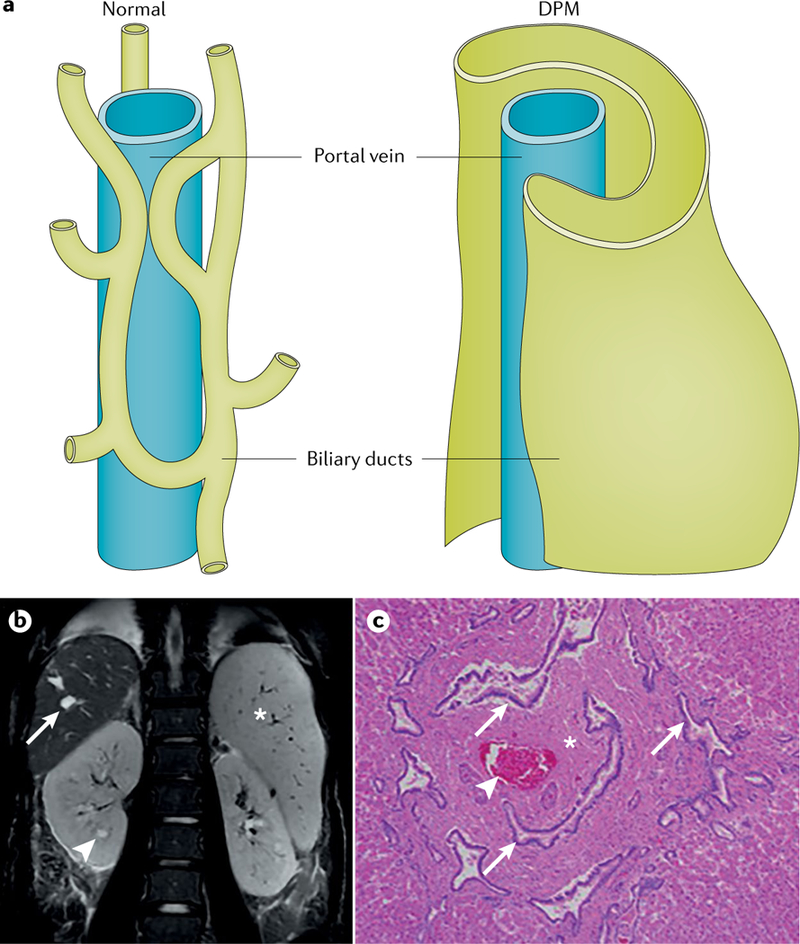Fig. 6 |. Hepatobiliary lesions in hepatorenal disease.

a | Hepatobiliary lesions result from an architectural defect in the developing biliary tree. The normal ramifications of the portal venous system and the lattice-like network of associated biliary ducts (left) are disrupted owing to ductal plate malformation (DPM) (right), likely owing to a defect in terminal differentiation of cholangiocytes. b | The DPM results in marked cystic and fusiform dilatation of the intrahepatic biliary system (coronal T2-weighted image of the abdomen), nephromegaly with small cysts (arrowhead), cystic biliary disease (arrow) and marked splenomegaly (asterisk). c | The histopathological manifestation of the DPM is congenital hepatic fibrosis (section stained with haematoxylin and eosin), which is characterized by extensive fibrosis of the portal area (asterisk), ectatic, tortuous bile ducts (arrows) and hypoplasia of the portal vein (arrowhead). Magnification is 40×. Part a is reprinted, with permission, from Marchal G J, Desmet V J, Proesmans W C, et al. Caroli disease: high-frequency US and pathologic findings.
